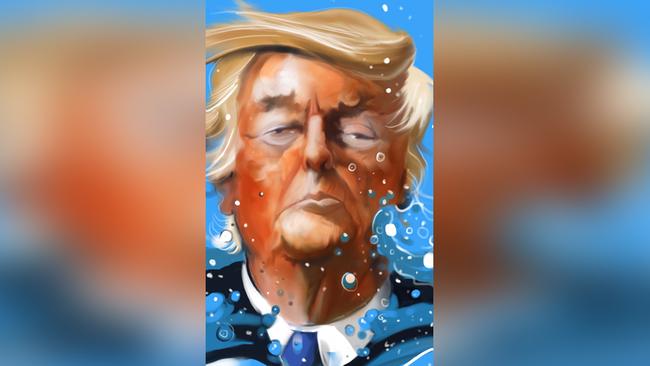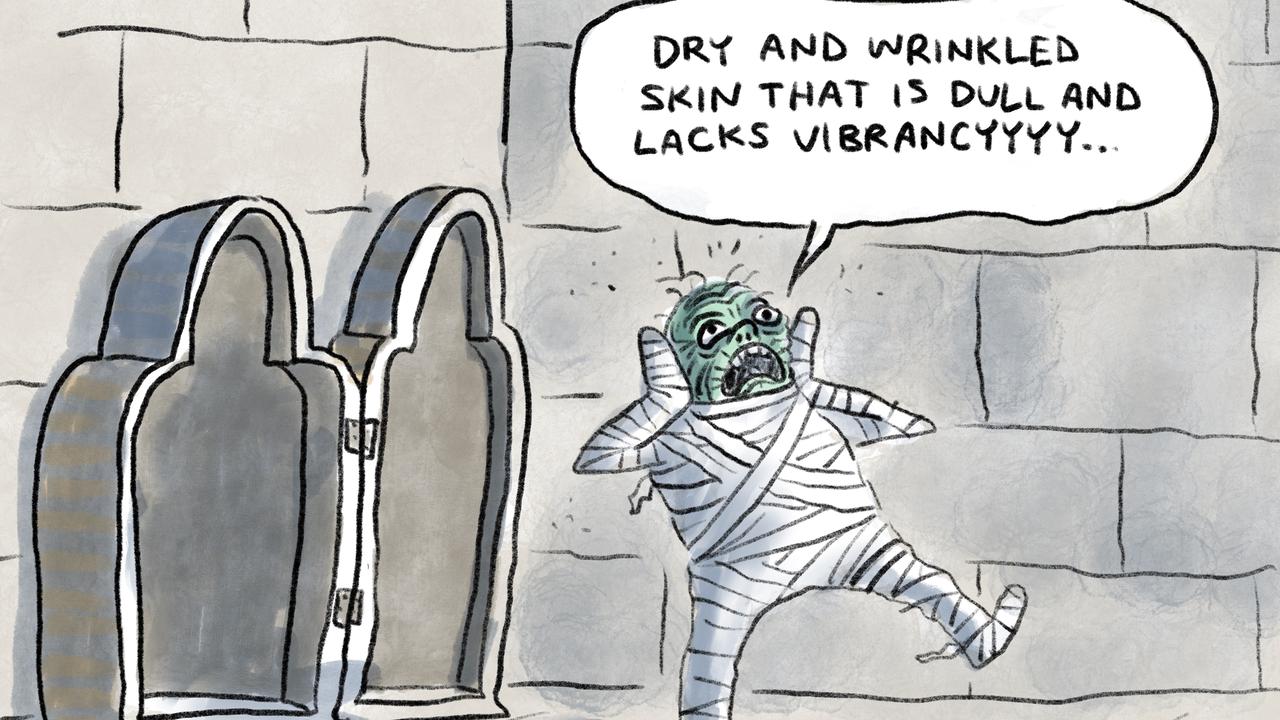
It takes a lot of apathy to run a democracy well. In Donald Trump’s America, apathy is in short supply. It is healthy that so many Americans voted in the mid-term elections. But the nature and motivation of the voting is not altogether and absolutely healthy. American voters are increasingly motivated by negative “partisanism” — voting against the other party — and tribalism. The passionate feelings aroused on the basis of partisan hatred and tribal identification — especially if there is a hint of ethnicity in that — are not the same as the positive civic feelings motivating the good workings of democracy.
Trump has certainly changed politics. Yet politics were changing before Trump came along. And there are some elements in which Trump represents continuity and even normality.
The Republicans suffered reversals in the mid-terms and that is absolutely normal, though the result was not the blue wave of Democrat dreams. The two presidents in recent times who did not suffer mid-term reversals for their parties in their first terms were George W. Bush and Lyndon Johnson. Bush’s congressional triumph was in the wake of 9/11, a singular moment of American unity.
The mid-terms tell us nothing about the prospect of Trump’s re-election. Bill Clinton in 1994 and Barack Obama in 2010 suffered appalling mid-term losses in their first term. Yet both were strongly re-elected. However, both Clinton and Obama were plastic in their political personalities. Clinton had been a liberal in Arkansas, lost the governorship, then won it back as a southern conservative. He ran for president as a centrist, then governed in his first two years as a liberal. After he got smashed in the first mid-terms he pivoted to the centre and enacted tough welfare reform and signed up even to some conservative issues — school uniforms and the like.
Trump, for all his transactional approach, is not really so plastic in his personality. His signature is political aggression and hyper partisanship, not on behalf of the Republicans usually but on behalf of his own presidency and the causes he champions, especially nationalism. He can change positions but he can’t change his personality.
Also, Trump’s strength lies in the fact that he has implemented a good deal of what he promised. He has dropped the crazier things he promised and not really bothered with some of the potentially good things, such as middle-class personal income tax cuts, but he has implemented corporate tax cuts, business deregulation, abandoned the Paris commitments and quite markedly upped the nation’s investment in defence. It is common to see Trump as disruptive, but those key elements of his program — corporate tax cuts, deregulation, defence expenditure — are orthodox Republican policies.
He contradicts recent Republican orthodoxy in a taste for tariffs and protectionism. Yet Republicans, among them Bush and the sainted Ronald Reagan, themselves went down the tariff road. More important, the bipartisan frustration with China gaming the trade rules for decades meant that whether it was a Republican or a Democratic president, the US was going to challenge Beijing. Interestingly, basically no one has run against Trump’s tariffs. No Democrats I saw were campaigning for tariff-free trade with China.
The Democrats have moved a long way to the Left. But this is certainly not a Trump phenomenon. The elderly and eccentric socialist Bernie Sanders, who was so far to the Left he didn’t even call himself a Democrat for most of his Senate career, came within a whisker of stealing the presidential nomination from Hillary Clinton in 2016.
The other area where Trump is a genuine disrupter is in style. No president has spoken in the way he speaks — often crude and offensive. On the other hand, he often has the courage, or the recklessness, to say things no one else would, things that are true. But he can also recklessly say offensive and untrue things. The case for Trump as the ultimate disrupter is that he came from outside the party establishment and crushed all alternative Republicans. His use of Twitter is completely new. His aggressive pushback against left-wing identity politics is new. Sometimes it is totally justified, sometimes it is an ugly approximation of white identity politics. As US commentator Ross Douthat remarked: “If you don’t like the religious Right, wait ’til you meet the non-religious Right.”
But there is also a case that Trump represents continuity. Like Obama, he wanted to pull back from international involvement. Most important, like Obama, he ran as a celebrity.
However, the Trump coalition represents a continuation of some trends that preceded him, such as the rise of working-class support for the Republicans. Trump’s great triumph in winning white, working-class votes in the mid-west is an echo of the famous “Reagan Democrats”, traditional working-class Democrats who voted for Reagan in presidential elections. West Virginia is a classic state where the rural poor, mainly white, have been on a long journey away from the Democrats and towards the Republicans.
Reagan won working-class votes on three grounds — his economic policies produced growth, which was good for the poor as well as the rich; his conservative cultural and patriotic values resonated with working people; and he was immensely likeable. Trump can claim the first two but not the third.
However, and here is a sobering contrast, despite Trump winning 63 million votes, more in absolute numbers than any previous Republican, he has never remotely approached Reagan’s level of support. In his last election as president, Reagan won just shy of 60 per cent of the vote.
The truth is, Democrats now have more or less majority support in America. Hillary Clinton won three million more votes than Trump. The last presidential election the Republicans won with a big majority of votes was George HW Bush in 1988. George W. Bush won the presidency with a minority of votes in 2000.
The demographic, ideological and cultural trends have been running against Republicans. But in a federal system where each state has the same number of senators, and the presidential electoral college numbers are based on each state’s congressmen and senators, there is a natural gerrymander for small and rural states, which Republicans dominate. The only big state they dominate is Texas. Florida is equally divided. The Republicans won many state legislatures in reaction against Obama and then ruthlessly used those legislatures to gerrymander congressional districts. Democrats do the same.
With Trump, it is impossible to know if his policies minus the occasional madness would do better, or if the madness and aggression are essential to his cut-through. These mid-terms look to have produced a normal result. The world as we know it lives on.




To join the conversation, please log in. Don't have an account? Register
Join the conversation, you are commenting as Logout